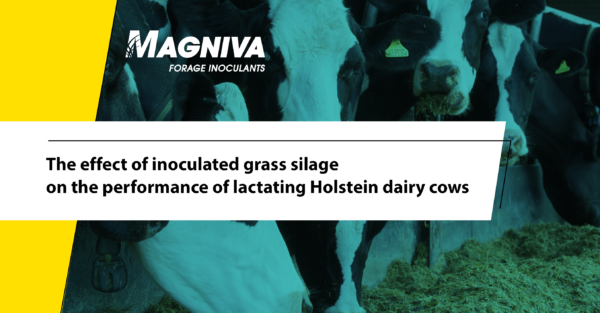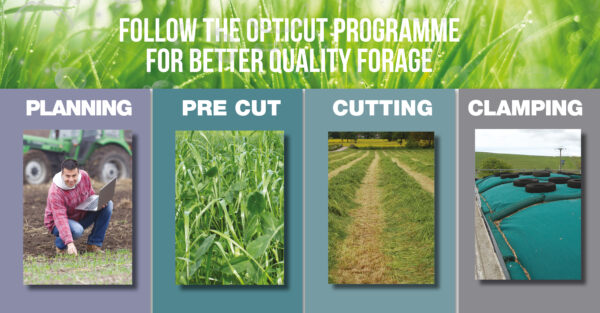Blog | Reading Time 2 minutes
Pre-cut test to ensure optimum cutting times
Farmers are being reminded to pre-cut test their grass before mowing for silage this spring.
It might be tempting to let the current silage stock situation on farm dictate the cutting date for this year’s silage, but where practically possible the quality of the grass should be used as the factor determining the current date.
 According to Lientjie Colahan, technical support at Lallemand Animal Nutrition, pre-cut testing will help farmers to make an informed decision on the best time to cut and can help maximise forage quality and fibre digestibility.
According to Lientjie Colahan, technical support at Lallemand Animal Nutrition, pre-cut testing will help farmers to make an informed decision on the best time to cut and can help maximise forage quality and fibre digestibility.
“Forage is the cheapest feed available for dairy and beef systems and improving its quality will increase production from forage, reducing reliance on purchased feeds. This will significantly benefit production margins, especially during years when feed prices are high,” she advises.
To help farmers determine the optimal cutting window to produce high quality grass silage, Lallemand Animal Nutrition recommends doing fresh grass analysis through pre-cut grass testing this season.
“Farmers may be thinking about cutting earlier than normal this year due to forage shortages, but it’s important not to do this to the detriment of silage quality. Optimum cutting dates can vary year on year due to the weather and growing conditions, and so testing should start around three weeks prior to the date of your first cut last year,” explains Mrs Colahan.
The Opticut system enables producers to take a planned approach when it comes to maximising the quality and quantity of grass silage throughout the growing season, to fit the requirements of their farm.
There are three key elements to the system. These include: pre-cut testing, correct management of the silage making process, and use of a crop and condition specific inoculant to improve nutrient retention and reduce losses from aerobic instability. Monitoring nitrogen application is also important as this affects grass growth.
“One of the most important elements to determine in pre-cut testing is the neutral detergent fibre (NDF) content. This is the main gauge of plant maturity, giving the best indication of when the grass is ready to cut. If nitrogen application is significantly altered, the grass may become stressed and go to head earlier,” explains Mrs Colahan.
She suggests keeping contractors informed about proposed forage plans for the year, providing a rough estimate of when you think your first cut will be, and updating them according to pre-cut results.
“By regularly testing your crop throughout the season and acting on these results, farmers will be able to set up the foundations to create good quality silage that is high in nutritional value,” says Mrs Colahan.
Published Mar 12, 2023 | Updated Jul 4, 2023
Related articles
Need specific information?
Talk to an expert





